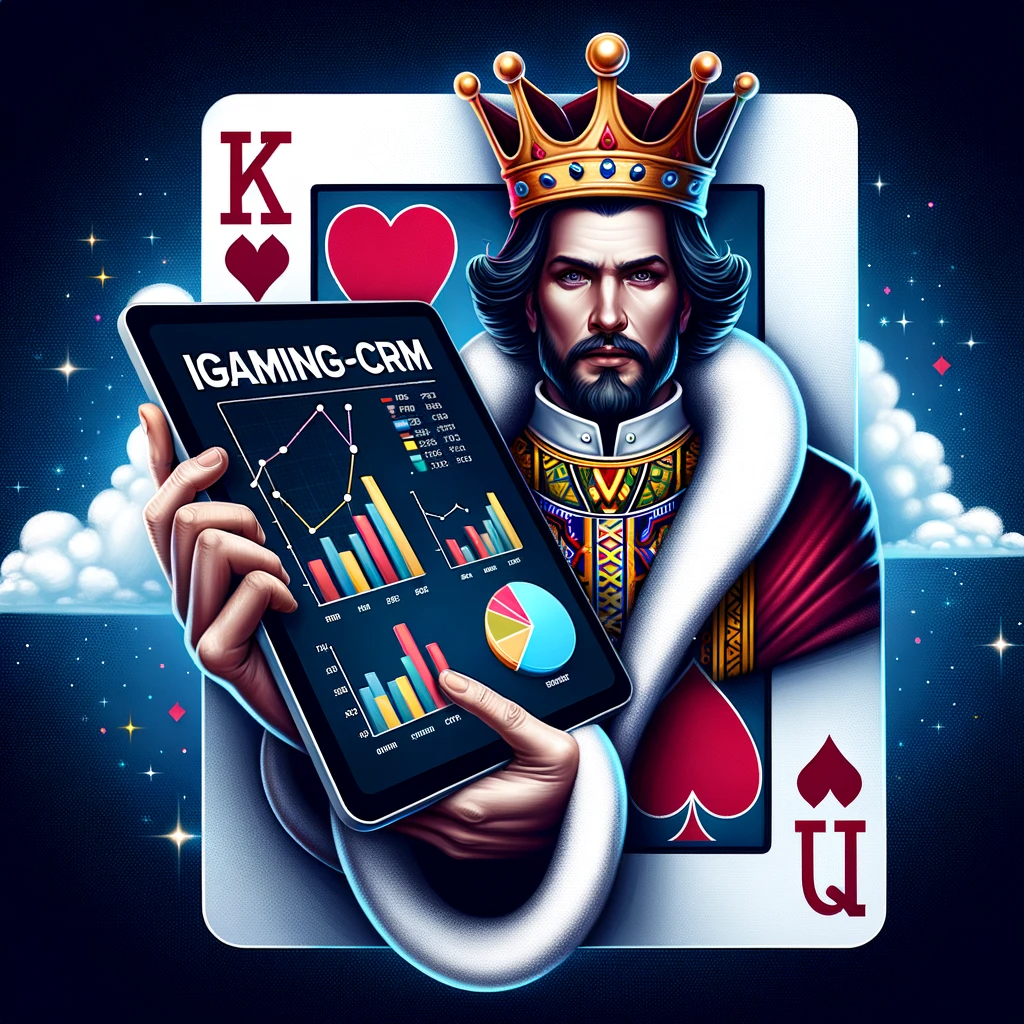Neuroeconomics Shaping Player Reward Systems in iGaming
Introduction
The iGaming industry is no longer just about offering flashy graphics and exciting games, it’s about understanding why players behave the way they do. This is where neuroeconomics comes into play. Combining psychology, neuroscience, and economics, neuroeconomics helps design smarter player reward models that appeal to the brain’s decision-making processes. With iGaming CRM tools and behavioral gaming science, platforms can create highly personalized, loyalty-boosting systems rooted in the psychology of gambling behavior and emotional engagement.
In this blog, we explore how neuroeconomics gaming strategies are used to enhance user engagement, player retention, and the overall success of gaming loyalty systems.
What is Neuroeconomics and Why It Matters in iGaming?
Neuroeconomics is the study of how the brain makes decisions involving risk, reward, and value. In iGaming, it provides a scientific basis for designing player retention strategies that align with how people naturally respond to incentives.
ALSO READ: How to Get Investors Excited About Your iGaming Business
Key principles of neuroeconomics in gaming:
- Dopamine release influences perceived reward value
- Loss aversion makes users fear losing more than they enjoy winning
- Temporal discounting explains why immediate rewards work better than delayed ones
- Risk-reward calculations are influenced by mood, memory, and habit
Psychological Foundations of Player Reward Models
iGaming psychology shows that players aren’t always rational, they respond to emotional cues, anticipation, and perceived control. Here’s how these insights shape rewards:
Psychological factors used in player rewards:
- Surprise rewards: Unexpected bonuses spike dopamine levels
- Progress bars: Tap into goal-setting motivation
- Streak-based incentives: Exploit commitment bias
- Limited-time offers: Trigger scarcity and urgency
These tactics form the backbone of gaming loyalty systems that keep players engaged over time.
Behavioral Segmentation: Personalizing Rewards Using CRM
Using iGaming CRM tools, operators can segment users based on behavioral data and neuroeconomic patterns. This allows platforms to create neuro CRM frameworks, reward systems tailored to how each player thinks and feels.
Behavioral Segments & Reward Triggers:
| Segment Type | Psychological Drivers | Effective Reward Type |
| Competitive Gamers | Win orientation, status | Leaderboards, rank-based rewards |
| Casual Players | Fun, social validation | Free spins, social badges |
| VIP High Rollers | Exclusivity, ego | Personal hosts, luxury bonuses |
| Frustrated Churners | Loss aversion, fairness bias | Comeback bonuses, recovery bets |
How Neuroeconomics Enhances Loyalty Programs
The best player reward models are designed not just to offer perks, but to influence decision-making. By aligning incentives with neuroeconomic behaviors, platforms can boost long-term loyalty and prevent churn.
Neuroeconomics-based loyalty tactics:
- Random reward schedules: More engaging than fixed rewards (like slot machines)
- Loss-framed incentives: “Don’t miss out” language outperforms “get this”
- Immediate micro-rewards: Smaller, frequent wins boost engagement
- Gamified feedback loops: Reward loops keep players in an ongoing cycle
Real-World Implementation: Neuro CRM in Action
A leading iGaming platform used neuro CRM to redesign its reward flow. By introducing surprise daily spins and reducing the emphasis on fixed thresholds (like 1,000 points), they saw:
- 📈 18% increase in daily active users
- 🧠 23% drop in churn among casual players
- 💬 31% higher participation in community features
Behavioral gaming science helped convert passive users into loyal players, by matching the reward mechanics with human psychology.
Neuroeconomics vs Traditional Incentives: A Comparison
| Feature | Traditional Rewards | Neuroeconomic Rewards |
| Timing | Scheduled (weekly/monthly) | Random, real-time |
| Customization | One-size-fits-all | Behaviorally personalized |
| Engagement Model | Linear | Gamified, dynamic |
| Psychological Target | Basic reward desire | Deep emotional & cognitive responses |
This table showcases why neuroeconomics delivers higher ROI on player retention strategy investments.
FAQs
Q1: What makes neuroeconomics important in gaming?
A1: It explains how players emotionally and cognitively respond to rewards, helping build better engagement systems.
Q2: How do iGaming CRM tools use neuroeconomics?
A2: By mapping behavioral data to neuroeconomic triggers like urgency, reward anticipation, and risk tolerance.
Q3: Are neuro-based rewards ethical?
A3: When used to enhance experience and not manipulate, yes. Responsible design is key.
Call to Action
Want to craft loyalty systems that actually work? Use neuro CRM insights to increase player retention, drive engagement, and build a more loyal user base. Contact us for a consultation or schedule a platform audit today.

